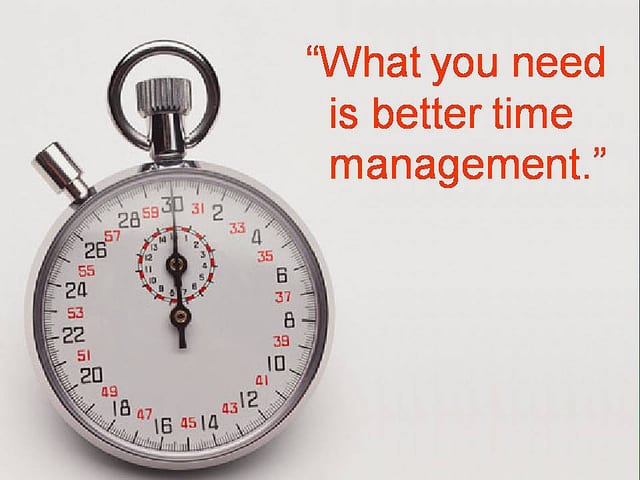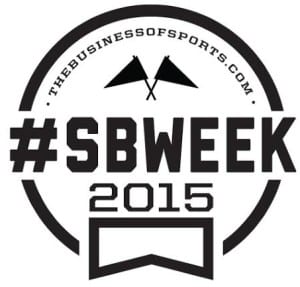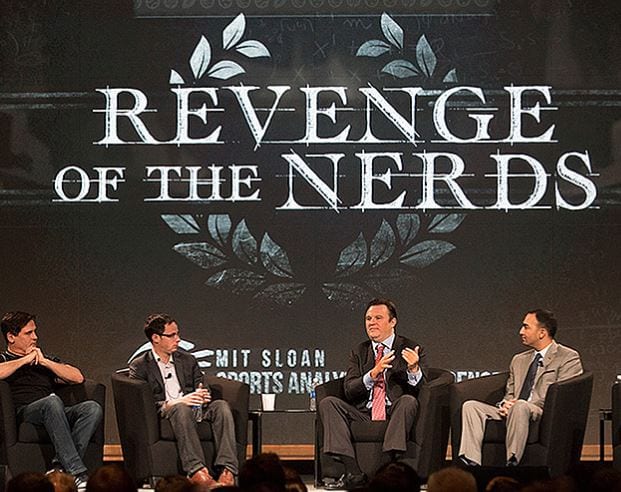FAQs for the Baylor S3 AXS National Collegiate Sports Analytics Championship at the American Airlines Center, Dallas, Texas, February 1-2, 2023….Continue Reading NCSAC FAQs
NCSAC FAQs
- Author By kirk_wakefield
- Publication date January 18, 2023
- Categories: Integrity, Networking, Recruiting, S3
- No Comments on NCSAC FAQs









